Home>Garden Essentials>Garden Storage>North-facing Garden Ideas: 25 Ways With A North-facing Yard
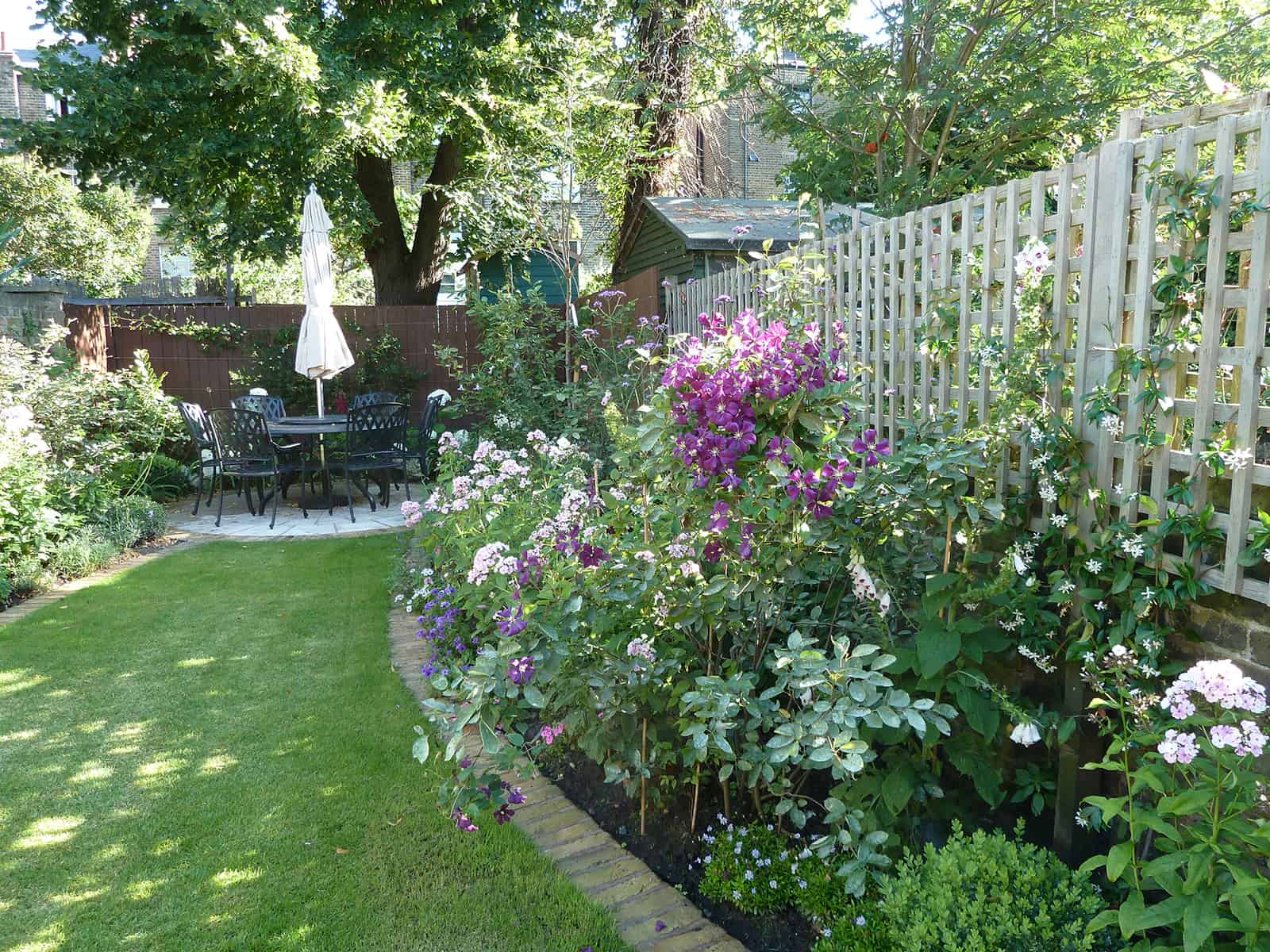

Garden Storage
North-facing Garden Ideas: 25 Ways With A North-facing Yard
Modified: May 6, 2024
Looking for storage solutions for your north-facing yard? Explore our 25 creative storage ideas designed specifically for north-facing gardens.
(Many of the links in this article redirect to a specific reviewed product. Your purchase of these products through affiliate links helps to generate commission for Storables.com, at no extra cost. Learn more)
Introduction
Welcome to the world of north-facing gardens! If you have a yard that receives limited sunlight, you may think that creating a vibrant and thriving outdoor space is impossible. However, with the right knowledge and creativity, you can transform your north-facing garden into a captivating oasis.
North-facing gardens present unique challenges due to the lack of direct sunlight. This can result in cooler temperatures, increased moisture levels, and shady conditions throughout the day. But don’t fret! There are plenty of innovative ways to make the most of this situation and create a stunning garden that will leave your neighbors green with envy.
In this article, we will explore 25 creative ideas for designing and beautifying your north-facing garden. From selecting shade-loving plants to incorporating colorful accents, we’ll cover a wide range of strategies to help you turn your dark and dreary yard into a lush and inviting haven. So, put on your gardening gloves and let’s dive in!
Before we begin, it’s important to assess the specific conditions of your north-facing garden. Take note of the amount of sunlight it receives throughout the day, the quality of the soil, and the existing landscape features. This information will help guide your choices as you implement the following ideas.
Key Takeaways:
- Embrace the uniqueness of your north-facing garden by selecting shade-loving plants, incorporating water features, and utilizing reflective surfaces to create a lush and inviting oasis despite limited sunlight.
- Maximize the potential of your north-facing yard with creative solutions such as creating layers of greenery, adding pops of color, and optimizing the garden’s layout to design a functional and visually stunning outdoor space.
Read more: How To Design A North-Facing House
Choose shade-loving plants
One of the first steps in creating a successful north-facing garden is to select plants that thrive in shady conditions. While many plants require ample sunlight to grow, there are still plenty of gorgeous options that will flourish in your garden’s limited sunlight. Here are some tips and examples to get you started:
Discover a variety of plants that thrive in shady conditions:
When it comes to choosing shade-loving plants, the options are vast and diverse. From perennials to ferns, there is a plant for every corner of your north-facing yard. Consider incorporating shade-loving trees such as dogwoods or Japanese maples, which not only provide shade but also add height and structure to your garden. Hostas, begonias, and astilbes are popular choices for adding color and texture to shady areas, while ferns and heucheras offer interesting foliage options.
Tips for creating a lush and vibrant garden with limited sunlight:
To create a lush and vibrant garden in a north-facing yard, it’s important to pay attention to the soil quality and moisture levels. Most shade-loving plants prefer well-draining soil that retains moisture without becoming waterlogged. Consider adding organic matter, such as compost or leaf mulch, to improve the soil’s fertility.
In addition to soil quality, proper watering is crucial for maintaining healthy plants in a shade garden. While the lack of direct sunlight reduces evaporation, it’s still important to provide regular moisture to your plants. Be sure to avoid overwatering, as this can lead to root rot. Instead, monitor the moisture levels and adjust your watering schedule accordingly.
Examples of shade-loving plants for a north-facing yard:
- Hostas: These leafy perennials come in a variety of colors, sizes, and textures, making them a versatile choice for shade gardens. With their bold foliage, they add visual interest even without flowers.
- Astilbes: Known for their feathery plumes of flowers, astilbes bring a beautiful splash of color to shady areas. They bloom in shades of pink, white, and purple, creating a lovely focal point in your garden.
- Ferns: Ferns are the epitome of elegance and grace, with their delicate yet lush foliage. They thrive in shaded environments and can add a touch of natural beauty to any corner of your garden.
- Heucheras: These plants are prized for their stunning foliage colors, ranging from vibrant greens to deep purples. Their low-growing habit makes them ideal for adding texture and interest to shaded areas.
Remember, each north-facing garden is unique, so it’s important to choose plants that suit your specific conditions and personal preferences. Consider experimenting with different combinations and varieties to find the perfect blend for your shady oasis.
Create layers of greenery
In a north-facing garden, creating layers of greenery is key to maximizing visual interest and adding depth to your landscape. By incorporating plants of varying heights and textures, you can create a dynamic and multi-dimensional design. Here are some ideas to help you create captivating layers in your north-facing garden:
The importance of layering plants to maximize visual interest:
Layering plants in your garden not only adds visual interest but also creates a sense of depth and fullness. It allows you to utilize the vertical space and create an illusion of abundance, even in a limited sunlight environment. By placing taller plants in the back or center of your garden bed and shorter plants at the front, you can create a visually appealing composition that draws the eye from one layer to another.
Ideas for incorporating different heights and textures into your garden design:
When it comes to creating layers in your north-facing garden, consider the following ideas:
- Use tall shrubs or small trees as the backbone of your garden. These anchor plants provide structure and height, creating a focal point in your landscape.
- Fill the middle layer with medium-sized shrubs and perennials. These plants add bulk and texture, creating a transition between the taller and shorter plants.
- Incorporate groundcovers and low-growing plants at the front of your garden bed. These plants not only add visual interest but also help to fill in gaps and provide a cohesive look.
- Add vertical elements such as trellises or obelisks to introduce height and climbing plants into your garden design. This adds another layer to your landscape and allows you to incorporate vines and climbers even in shady areas.
- Consider incorporating plants with varied foliage textures and colors. This can include plants with broad, glossy leaves or grass-like foliage. The contrast in textures adds visual appeal and creates a more dynamic garden.
Examples of plant combinations for a multi-dimensional landscape:
Here are some plant combinations that work well to create layers in a north-facing garden:
- Japanese Maple (tall) + Heuchera (medium) + Vinca minor (low)
- Rhododendron (tall) + Ferns (medium) + Tiarella (low)
- Astilbe (tall) + Hosta (medium) + Lamium (low)
- Camellia (tall) + Azalea (medium) + Pachysandra (low)
Remember to take into account the specific growing requirements of each plant, including soil type and light preferences, when creating your plant combinations. This will ensure that your garden thrives and the different layers complement each other harmoniously.
By creating layers of greenery in your north-facing garden, you’ll add depth, texture, and visual interest that will transform your space into a lush and inviting oasis. Get creative with your plant choices and combinations, and enjoy the beauty that comes from a well-layered garden.
Add pops of color
While a predominantly shady space may seem challenging when it comes to introducing vibrant hues, there are several ways to inject pops of color into your north-facing garden. From colorful flowers and foliage to accessories and focal points, the possibilities are endless. Here are some suggestions to bring life and vibrant hues to your shady oasis:
How to inject vibrant hues into a predominantly shady space:
When working with a predominantly shady garden, it’s important to focus on plants and elements that thrive in low light conditions. Look for shade-tolerant plants that offer bright flowers, colorful foliage, or interesting textures to bring vibrancy to your garden. Additionally, consider incorporating colorful accessories or accents to create visual interest and pops of color.
Suggestions for colorful flowers, foliage, and accessories:
Here are some ideas to add pops of color to your north-facing garden:
- Flowers: Select shade-loving flowers that bloom in vibrant hues, such as impatiens, primroses, and begonias. These annuals or perennials will brighten up your garden with their vivid flowers and thrive in shady conditions.
- Foliage Plants: Choose shade-tolerant plants with colorful foliage. For instance, heucheras offer a range of foliage colors, from lime green to deep purple. Coleus is another great choice with its vibrant multicolored leaves.
- Shade-tolerant Bulbs: Plant spring-blooming bulbs like daffodils, tulips, and hyacinths in strategic spots. These bring a burst of color early in the season and can thrive in areas with limited sunlight.
- Accessories: Incorporate colorful accessories, such as decorative pots, garden stakes, or outdoor art installations. These can add a splash of color and whimsy to your north-facing garden.
Ways to create focal points and visual impact in your north-facing garden:
In a shady garden, creating focal points is essential for visual impact. Here are some ideas to help you create focal points and draw attention to specific areas of your garden:
- Statues or Sculptures: Place a statue or sculpture in a prominent spot within your garden. Opt for pieces that have a vibrant color or interesting design to serve as a focal point.
- Colorful Containers: Use colorful pots or containers to showcase flowering plants. Group them together in clusters or place them strategically to create focal points throughout your garden.
- Water Features: Incorporate a small fountain, birdbath, or pond into your garden design. The sound of flowing water and the visual appeal of the feature will draw attention and create a focal point in your shady space.
- Archways or Trellises: Install an archway or trellis covered with flowering vines. This creates an eye-catching structure and adds vertical interest to your garden.
Remember, the key to adding pops of color to a north-facing garden is to choose plants and accessories that thrive in shade. By strategically selecting colorful elements and creating focal points, you’ll create a visually stunning garden that defies the notion of a shade garden being dull or lacking vibrancy.
Enhance with containers and hanging baskets
Containers and hanging baskets are excellent additions to a north-facing garden as they allow you to bring greenery to different areas, even in spots with limited sunlight. They offer flexibility and versatility in terms of plant selection and arrangement. Here are some tips for utilizing containers and hanging baskets in your north-facing garden:
Utilizing containers and hanging baskets to bring greenery to different areas of your yard:
Containers and hanging baskets are portable, which means you can place them wherever you want to add a touch of greenery or a pop of color. Whether it’s a shaded corner, a patio, or even a balcony, containers and hanging baskets allow you to bring life to spaces that may not have access to direct sunlight.
Tips for selecting the right containers and plants for a north-facing garden:
When choosing containers and plants for a north-facing garden, keep the following tips in mind:
- Container Size: Select containers that are appropriate for the size of the plants you want to grow. Ensure that the containers provide enough space for the plants’ roots to grow and have drainage holes to prevent waterlogging.
- Material: Consider the material of the containers. While terracotta and ceramic pots are popular choices, they tend to dry out more quickly. Opt for containers made of materials that retain moisture, such as plastic or fiberglass, to help keep the soil consistently moist.
- Plant Selection: Choose shade-loving plants that thrive in containers and have a compact or trailing growth habit. Some popular choices for containers and hanging baskets in shady areas include impatiens, ferns, begonias, and ivy. Read the plant labels or consult a local gardening expert to ensure the plants you choose will flourish in your specific lighting conditions.
- Soil Mix: Use a well-draining potting mix specifically formulated for containers. This will ensure that the plants have enough oxygen and nutrients without holding excess water.
Creative ideas for arranging and displaying container plants:
When it comes to arranging and displaying container plants in your north-facing garden, the possibilities are endless. Here are some creative ideas to inspire you:
- Create a focal point by arranging a cluster of containers of varying sizes in a visually appealing composition. Mix and match different plant textures and colors to add interest.
- Hang baskets from trees or pergolas to bring greenery to higher areas. Consider using trailing plants like ivy or hanging ferns for an elegant and cascading effect.
- Arrange containers along garden paths or on staircases to add color and guide visitors through your garden.
- Experiment with vertical gardening by utilizing wall-mounted planters or vertical hanging systems. This maximizes space and allows you to display a variety of plants in a small footprint.
- Combine flowers and foliage plants with colorful annuals for a vibrant and ever-changing display. Swap out plants seasonally to keep your containers looking fresh and exciting.
By utilizing containers and hanging baskets in your north-facing garden, you can bring greenery and pops of color to different areas of your yard. Remember to choose the right containers, select shade-loving plants, and get creative with arrangements to enhance the overall beauty of your garden.
Incorporate water features
Water features can add a touch of tranquility and create a soothing ambiance in any garden, including a north-facing one. While it may seem challenging to incorporate water features in a shady environment, it is indeed possible. Here are some suggestions for incorporating water features in your north-facing garden:
Exploring the tranquil effects of water in a north-facing garden:
Water has a calming effect and can create a serene atmosphere in any garden. The gentle sound of flowing water and the visual appeal of a water feature can add an extra layer of relaxation and beauty to your north-facing garden. Even with limited sunlight, water features can be a stunning focal point in your outdoor space.
Suggestions for incorporating water features, such as fountains or ponds:
Here are some ideas for incorporating water features in your north-facing garden:
- Fountains: Consider adding a beautiful fountain to your garden. Choose a fountain that suits the scale and style of your space. Opt for a self-contained or recirculating fountain that doesn’t require a constant water source. This way, you can control the amount of water and maintain it easily.
- Container Water Garden: Create a small container water garden using a watertight container like a large decorative pot or trough. You can plant aquatic plants, such as water lilies or lotus, and include small fish like goldfish or guppies to bring life and movement to your garden.
- Ponds or Waterfalls: If you have the space and resources, consider installing a pond or waterfall in your north-facing garden. This can become the centerpiece of your outdoor space and provide a habitat for aquatic plants and wildlife. Consult with a professional to ensure proper design, installation, and maintenance of a pond or waterfall.
Advice on maintenance and placement to ensure success in a shady environment:
Maintaining a water feature in a shady garden requires some considerations. Here are some tips to ensure the success of your water feature in a shady environment:
- Light Levels: While your north-facing garden may have limited sunlight, ensure that your water feature receives enough indirect light for the plants in and around the feature to thrive. Pay attention to the lighting needs of specific aquatic plants, as some may require more sunlight than others.
- Algae Control: Shady environments are prone to algae growth due to the lack of direct sunlight. You can control algae by adding a UV clarifier or using natural additives to keep the water clear. Regular maintenance, such as skimming leaves and debris, is also necessary to prevent excessive algae growth.
- Placement: Consider the overall layout and aesthetics of your garden when placing your water feature. Choose a location that enhances the flow and harmony of your space. Ensure that the water feature is visible from different viewpoints and can be enjoyed from various areas of your garden.
- Winter Maintenance: If you live in a colder climate, it’s important to take proper winter maintenance measures to protect your water feature. This may include draining and covering the feature, or using a small heater to prevent the water from freezing.
By incorporating a water feature in your north-facing garden, you can create a tranquil and captivating space. Whether you choose a fountain, container water garden, or a more elaborate pond or waterfall, a water feature adds a dynamic element to your garden and enhances the overall beauty and serenity of your outdoor space.
Consider using shade-loving plants such as hostas, ferns, and astilbe in a north-facing garden. These plants thrive in lower light conditions and will add beauty to your yard.
Utilize reflective surfaces
Reflective surfaces can be powerful tools to maximize light and create a sense of spaciousness in your north-facing garden. By strategically incorporating materials that reflect light, you can enhance the natural light in your garden and make it feel brighter and more open. Here are some ideas for utilizing reflective surfaces in your garden design:
Harnessing reflective surfaces to maximize light and create a sense of spaciousness:
Reflective surfaces have the ability to bounce light around your garden, brightening up dark corners and creating the illusion of a larger space. By carefully placing these surfaces in strategic locations, you can make the most of the limited sunlight in your north-facing garden and create a more vibrant and expansive outdoor environment.
Examples of materials that can be used to enhance natural light in your garden:
Here are some materials you can incorporate in your garden design to maximize light:
- Mirrors: Mirrors are a fantastic way to reflect light and create a sense of depth. Place them strategically on a garden wall or fence, facing areas that receive the most sunlight. This will reflect light back into the garden, brightening up shaded areas and adding dimension to your space.
- Glass: Incorporating glass elements, such as glass panels or transparent screens, can help to maximize light and create an airy feel in your garden. Glass captures and amplifies natural light, adding a touch of elegance and sophistication to the overall design.
- Pond or Water Features: Water surfaces, such as a pond or a still water feature, act as natural mirrors, reflecting the surrounding landscape and enhancing the natural light in your garden. Position these water features in areas that receive the most sunlight to maximize their reflective properties.
- Shiny Objects: Introduce shiny objects, such as metallic sculptures or strategically placed ornaments, to reflect light and add visual interest to your garden. These objects can catch and scatter sunlight, creating beautiful patterns and enhancing the overall brightness of your outdoor space.
Ideas for incorporating mirrors, glass, and shiny objects into your design:
Here are some ideas for incorporating reflective surfaces into your north-facing garden design:
- Install a mirror on a garden wall to create the illusion of a window and reflect light into a shaded area.
- Use glass panels or transparent screens as partitions or dividers to allow light to pass through while creating distinct areas within your garden.
- Place a metallic sculpture or gazing ball strategically in your garden to reflect light and add a focal point.
- Add a water feature with a reflective surface, such as a stainless steel fountain or a mirror-like pond, to create a stunning visual effect.
- Hang decorative glass wind chimes or sun catchers in trees or near windows to capture and reflect sunlight, adding a touch of sparkle to your garden.
When incorporating reflective surfaces, it’s important to strike a balance and avoid overdoing it. Use them sparingly and strategically to create visual interest and enhance the natural light in your north-facing garden while maintaining a harmonious overall design.
By utilizing reflective surfaces, you can make the most of the available sunlight and create a sense of brightness and spaciousness in your north-facing garden. These surfaces not only enhance the visual appeal of your outdoor space but also contribute to a more inviting and uplifting atmosphere.
Design an outdoor seating area
Creating a cozy and inviting seating area is essential for enjoying your north-facing yard to the fullest. While a lack of direct sunlight may present challenges, with the right design tips and selection of weather-resistant furniture and accessories, you can create a comfortable outdoor living space. Here are some tips and suggestions for designing an outdoor seating area in your north-facing yard:
Tips for creating a cozy and inviting seating area in a north-facing yard:
1. Consider the microclimate: Take into account the specific conditions of your north-facing yard, such as wind patterns and exposure to elements. This will help you determine the best location for your seating area and guide your selection of appropriate furniture and accessories.
2. Optimize shelter: If possible, position your seating area near a natural or constructed barrier, such as a wall, fence, or hedge, to provide some protection from wind or harsh weather conditions.
3. Add warmth: Incorporate outdoor heating options, such as a fire pit, patio heater, or cozy blankets, to create a warm and inviting atmosphere, particularly during cooler months or evenings.
4. Utilize lighting: Incorporate decorative lighting, such as string lights, lanterns, or solar-powered lamps, to create ambiance and extend the usability of your outdoor seating area into the evening hours.
5. Embrace greenery: Enhance the appeal of your seating area by surrounding it with shade-loving plants and foliage. This will not only add visual interest but also create a natural and calming environment.
Suggestions for selecting weather-resistant furniture and outdoor accessories:
1. Weather-resistant materials: Opt for furniture and accessories made from weather-resistant materials, such as teak, aluminum, or synthetic wicker. These materials are durable, able to withstand various weather conditions, and require minimal maintenance.
2. Cushion fabrics: Choose outdoor cushions made from fade-resistant and water-resistant fabrics. Look for options that are specifically designed for outdoor use and can withstand exposure to sun and rain.
3. Storage solutions: Consider incorporating storage options, such as deck boxes or outdoor benches with built-in storage, to keep cushions, blankets, and other outdoor accessories protected when not in use.
4. Umbrellas or awnings: Install an umbrella or retractable awning to provide shade and protection from the elements, allowing you to enjoy your outdoor seating area even on hot, sunny days or during light rain showers.
5. Easy maintenance: Choose furniture and accessories that are easy to clean and maintain. Opt for materials that can be wiped down or hosed off, and consider removable cushion covers that can be machine-washed or easily replaced if needed.
Inspiration for arranging furniture and creating a comfortable outdoor living space:
1. Group seating: Arrange seating in a group to encourage conversation and interaction. Consider using a sectional sofa, outdoor lounge chairs, or a combination of chairs and a coffee table to create a relaxed and comfortable atmosphere.
2. Create zones: Define different zones within your outdoor space, such as a dining area or a cozy corner for reading. Use furniture placement or rugs to delineate these zones and create distinct areas for different activities.
3. Layer textiles: Add comfort and style by layering textiles such as outdoor rugs, cushions, and throw pillows. Choose fabrics that are both functional and aesthetically pleasing to create an inviting and cozy seating area.
4. Integrate natural elements: Incorporate natural elements, such as potted plants, outdoor artwork, or a water feature, to add beauty and a sense of serenity to your seating area.
5. Personalize and accessorize: Add personal touches and accessories, such as artwork, decorative lanterns, or outdoor sculptures, to reflect your style and make the space feel uniquely yours.
By following these tips and suggestions, you can create a cozy and inviting outdoor seating area in your north-facing yard. Whether it’s a quiet reading nook or a social gathering space, a well-designed seating area allows you to make the most of your outdoor space and enjoy the beauty of your garden throughout the seasons.
Implement lighting solutions
Proper lighting can enhance the ambiance and functionality of your garden, even in a north-facing yard. It allows you to enjoy your outdoor space well into the evening and creates a welcoming and enchanting atmosphere. Here are some ideas for implementing lighting solutions in your garden:
Ways to enhance the ambiance and functionality of your garden with proper lighting:
- Set the mood: Use lighting to create a desired ambiance in your garden. Soft, warm lights or candle lanterns can create a cozy and intimate atmosphere, while brighter lights can be used for more functional spaces, such as dining or seating areas.
- Extend usability: Proper lighting extends the usability of your garden, allowing you to enjoy it even after sunset. By illuminating pathways, seating areas, and key features, you can create a safe and inviting environment for evening gatherings or leisurely strolls.
- Highlight focal points: Use lighting to draw attention to focal points in your garden, such as sculptures, water features, or beautiful plants. Properly placed lights can accentuate these elements and create a captivating visual display.
- Create depth and dimension: Strategic lighting can create depth and dimension in your garden, making it feel more spacious and inviting. By placing lights at different heights and angles, you can create interesting shadows and highlight unique textures in your landscape.
- Enhance security: Incorporating outdoor lighting can enhance the security of your garden. Well-lit pathways and entrances deter intruders and provide peace of mind, while motion-activated lights can provide an extra layer of security.
Ideas for incorporating solar-powered lights and other low-light options:
- Solar-powered lights: Consider using solar-powered lights to illuminate your garden. These eco-friendly lights can be easily installed without the need for wiring or electricity. Place them strategically along pathways, in flower beds, or around seating areas to create a beautiful and energy-efficient lighting solution.
- LED lights: LED lights are another great option for low-light situations. They are energy-efficient, long-lasting, and available in various colors and intensities. Use LED spotlights to highlight specific plants or features, or opt for LED string lights for ambient lighting.
- Candle lanterns: For a charming and rustic touch, consider incorporating candle lanterns in your garden. These can be hung from trees, placed on tables, or mounted on poles. The flickering candlelight adds a warm and cozy glow to your outdoor space.
- Glowing orbs or stones: Glow-in-the-dark orbs or stones can be placed strategically in your garden for a subtle lighting effect. They absorb sunlight during the day and emit a soft glow at night, providing a magical and ethereal ambiance.
Tips for highlighting focal points and pathways in a north-facing garden:
- Pathway lighting: Illuminate pathways and walkways with low-level lights that guide guests safely through your garden. Consider using ground-level lights or recessed lighting along the edges of the path for a subtle and elegant effect.
- Uplighting: Place lights at the base of trees, shrubs, or statues to create an uplighting effect, which adds drama and draws attention to these focal points.
- Downlighting: Install lights in trees or on overhead structures to cast a gentle downward glow. This can create a warm and inviting atmosphere and highlight specific areas or seating arrangements.
- Silhouetting: Position lights behind tall plants or structures to create dramatic shadows and silhouettes. This technique adds depth and visual interest to your garden during nighttime.
- Moonlighting: Install lights high in trees to mimic the soft, diffused light of the moon. This creates a magical and ethereal glow throughout your garden.
Remember to strike a balance with your lighting design and avoid creating a harsh or excessively bright environment. Experiment with different lighting techniques and find the right combination that suits the unique characteristics of your north-facing garden.
By implementing lighting solutions, you can transform your north-facing garden into a captivating and practical space that you can enjoy day or night. Proper lighting not only illuminates your garden but also adds an enchanting and inviting element that enhances its overall beauty and ambiance.
Embrace a woodland aesthetic
Creating a woodland-inspired garden can bring a serene and natural atmosphere to your outdoor space, even in a north-facing yard. Embracing the beauty of woodlands allows you to create a harmonious and calming environment. Here are some tips and suggestions for creating a woodland aesthetic in your garden:
Inspiration for creating a serene and natural woodland-inspired garden:
1. Study local woodlands: Take inspiration from local woodlands in your area. Observe the types of plants, the color palette, and the overall ambiance. This will guide your choices in creating a garden that is reminiscent of a natural woodland setting.
2. Soothing color palette: Use a calming and earthy color palette, incorporating shades of green, brown, and muted tones. This will create a cohesive and serene atmosphere in your woodland garden.
3. Use natural materials: Incorporate natural materials in your garden design, such as wooden benches, stepping stones, or bark mulch. These materials add to the authentic woodland feel and enhance the natural aesthetic.
4. Create a sense of mystery: Add hidden pathways or meandering trails that lead to unexpected surprises, such as a seating area nestled in the foliage or a small sculpture blending with the plants. This creates a sense of discovery and adds to the enchantment of the woodland atmosphere.
Suggestions for selecting plants, accessories, and hardscape features:
1. Shade-loving plants: Choose shade-loving plants that thrive in woodland environments. Ferns, hostas, astilbes, and rhododendrons are great options to create layers of greenery and add texture and interest to your garden.
2. Native plants: Incorporate native plants that are found in local woodlands. They are adapted to the climate and will provide a seamless integration with the natural surroundings. Examples may include trilliums, Virginia bluebells, or woodland phlox.
3. Natural accessories: Enhance your woodland aesthetic with natural accessories, such as bird feeders, birdhouses, or wildlife-friendly features. These elements attract wildlife to your garden and contribute to the inherent beauty and tranquility of a woodland setting.
4. Hardscape features: Incorporate rustic or weathered hardscape features to complement the woodland aesthetic. Consider using natural stone or wood to create pathways, retaining walls, or seating areas.
Tips for maintaining a harmonious look and feel throughout the seasons:
1. Year-round interest: Select plants that provide interest throughout the different seasons. Choose a variety of plants with varied bloom times, foliage colors, and textures. This will ensure that your woodland garden remains visually appealing throughout the year.
2. Naturalistic plant placement: Avoid formal or precise planting patterns. Instead, mimic the randomness of nature by grouping plants in clusters and allowing them to grow more organically. This creates a more natural and harmonious look.
3. Mulching and weed control: Apply a layer of organic mulch around your plants to retain moisture and suppress weeds. This will help maintain a neat and tidy appearance while also benefiting the health of your woodland garden.
4. Prune selectively: Prune plants selectively and with care to maintain a natural and unstructured appearance. Avoid excessive pruning that could disrupt the overall woodland feel.
By embracing a woodland aesthetic, you can create a garden that feels like an intimate escape into nature. Incorporating shade-loving plants, natural materials, and a serene color palette, your north-facing garden will transform into a tranquil and harmonious woodland haven.
Optimize your garden’s layout
Maximizing the space and flow in your north-facing garden is essential for creating a functional and visually appealing outdoor space. With proper planning and layout, you can make the most of every available area and create distinct zones within your garden. Here are some key considerations and ideas for optimizing your garden’s layout:
Key considerations for maximizing space and flow in a north-facing garden:
- Assess the size and shape of your garden: Understand the dimensions of your garden and take note of any unique features or challenges, such as slopes or existing structures. This will help you determine how to best utilize the available space.
- Consider the sunlight patterns: Observe how sunlight moves across your garden throughout the day. This will help you identify areas that receive the most sunlight and those that remain in shade. Utilize the sunnier spots for seating or planting areas that require more sunlight.
- Plan for pathways: Create well-defined pathways that connect different areas of your garden. Consider the flow of foot traffic and ensure that pathways are wide enough for comfortable passage. Incorporate stepping stones or gravel paths for a natural and inviting look.
- Balance open spaces and planting areas: Find a balance between open spaces and planting areas in your garden. While you want functional areas for seating or entertaining, be sure to incorporate enough greenery to create a lush and vibrant atmosphere.
Ideas for creating distinct zones and utilizing every available area:
- Outdoor dining area: Create a dedicated space for outdoor dining by placing a table and chairs in a central location. Ensure that the area receives enough sunlight or provide shade with the use of an umbrella or pergola.
- Seating nooks: Design cozy seating areas in different sections of your garden. Use benches, outdoor sofas, or hammocks to create inviting spots for relaxation or reading. Incorporate shade-loving plants or install a canopy to provide a sense of privacy and enclosure.
- Vertical gardening: Make use of vertical space by incorporating trellises, hanging baskets, or wall-mounted planters. This not only maximizes space but also adds visual interest and allows you to grow more plants in a compact area.
- Water features: Integrate a water feature, such as a small pond or fountain, to create a focal point and an auditory element. This not only adds beauty but also helps to mask any noise from neighboring areas.
Tips on arranging plants, furniture, and pathways to create a functional layout:
- Group plants according to their light requirements: Arrange shade-loving plants in areas that receive limited sunlight, while placing sun-loving plants in the sunniest areas of your garden.
- Allow for growth and space plants accordingly: Consider the mature size of plants and allow for sufficient spacing. This ensures that each plant has room to thrive and prevents overcrowding.
- Consider the view from different angles: Visualize your garden from different viewpoints – both from inside your home and from various seating areas. Arrange plants, furniture, and pathways to maximize the view and create a pleasant sightline.
- Create a focal point: Incorporate a focal point, such as a sculpture, large plant, or feature wall, to anchor your garden layout. Design the rest of the garden around this focal point to create a well-structured and visually appealing space.
By optimizing your garden’s layout, you can make the most of the space available in your north-facing garden. Utilize distinct zones, create functional pathways, and carefully arrange plants and furniture to create an inviting and harmonious outdoor space that maximizes your enjoyment of the garden.
Conclusion
A north-facing garden may present its own unique set of challenges, but with careful planning and creative solutions, you can transform it into a beautiful and thriving outdoor space. By incorporating the tips and ideas shared in this article, you can maximize the potential of your north-facing yard and create a garden that is both functional and visually stunning.
Choosing shade-loving plants, layering greenery, and adding pops of color will help bring life to your garden, even in areas with limited sunlight. Utilizing containers and hanging baskets allows you to bring greenery to different areas of your yard and add depth to your space. Incorporating water features provides a tranquil and soothing element while reflective surfaces maximize light and create a sense of spaciousness.
Designing an outdoor seating area creates a cozy and inviting space for relaxation and entertainment. Selecting weather-resistant furniture and accessories ensures durability in various weather conditions. Implementing lighting solutions enhances the ambiance and functionality of your garden, extending its usability into the evening hours. Embracing a woodland aesthetic brings a serene and natural atmosphere and selecting plants, accessories, and hardscape features that harmonize with this theme is key.
Optimizing your garden’s layout allows you to make the most of the available space and create distinct zones that cater to different activities and needs. By arranging plants, furniture, and pathways thoughtfully, you can achieve a functional and balanced garden layout.
In conclusion, with a combination of creativity, careful selection of plants and materials, and thoughtful design, your north-facing garden has the potential to be a flourishing and captivating oasis. Embrace the uniqueness of your space and let your imagination guide you as you transform your garden into a stunning outdoor retreat.
If you've found joy in shaping your north-facing garden, why not venture further into the enchanting world of gardening styles? Dive into our latest feature, where we transform a bustling city space into a serene retreat. Discover how a secluded spot in London's South Bank is reimagined into a vibrant woodland garden, offering a peaceful escape amid urban chaos. This piece is perfect for those looking to bring a slice of the forest into their metropolitan lifestyle.
Frequently Asked Questions about North-facing Garden Ideas: 25 Ways With A North-facing Yard
Was this page helpful?
At Storables.com, we guarantee accurate and reliable information. Our content, validated by Expert Board Contributors, is crafted following stringent Editorial Policies. We're committed to providing you with well-researched, expert-backed insights for all your informational needs.
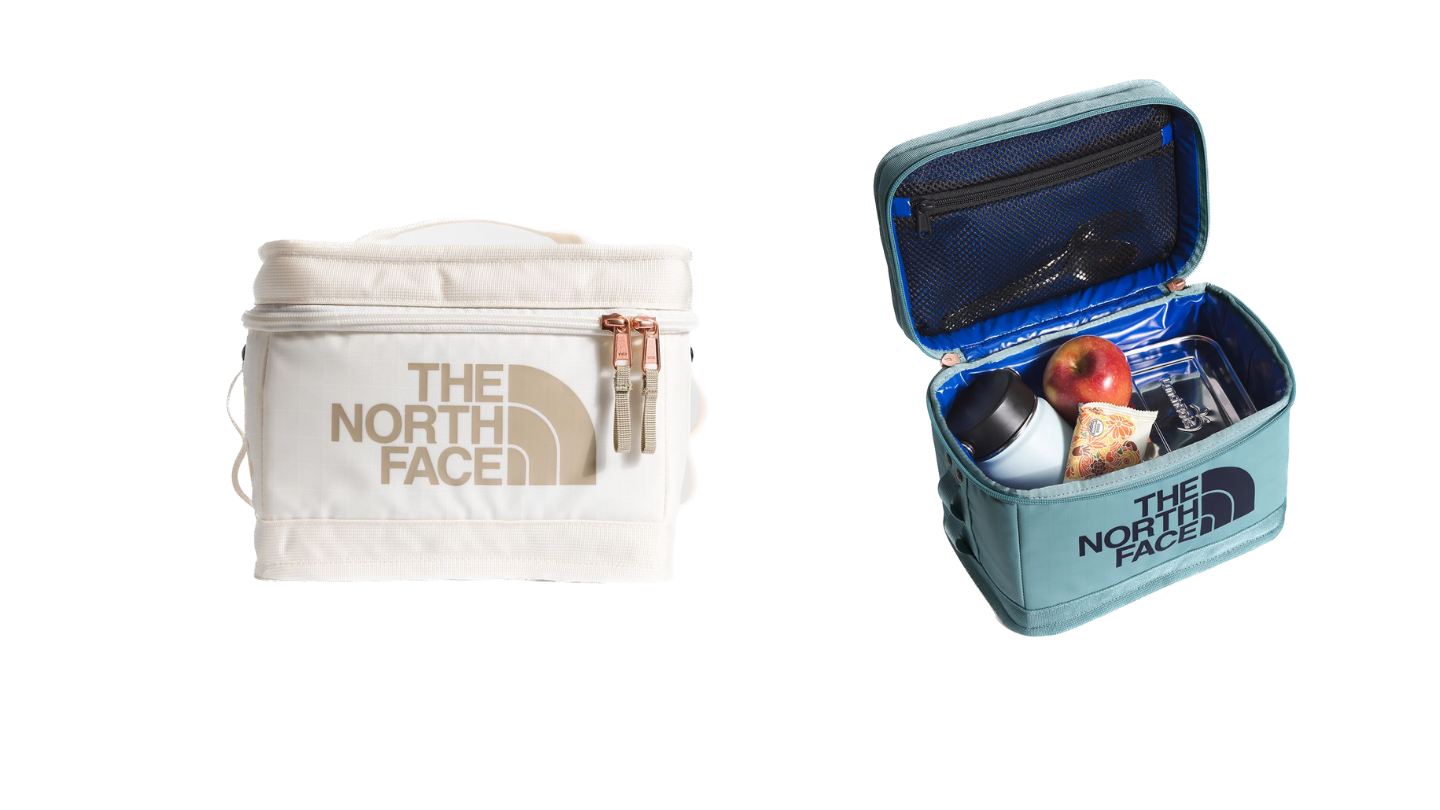
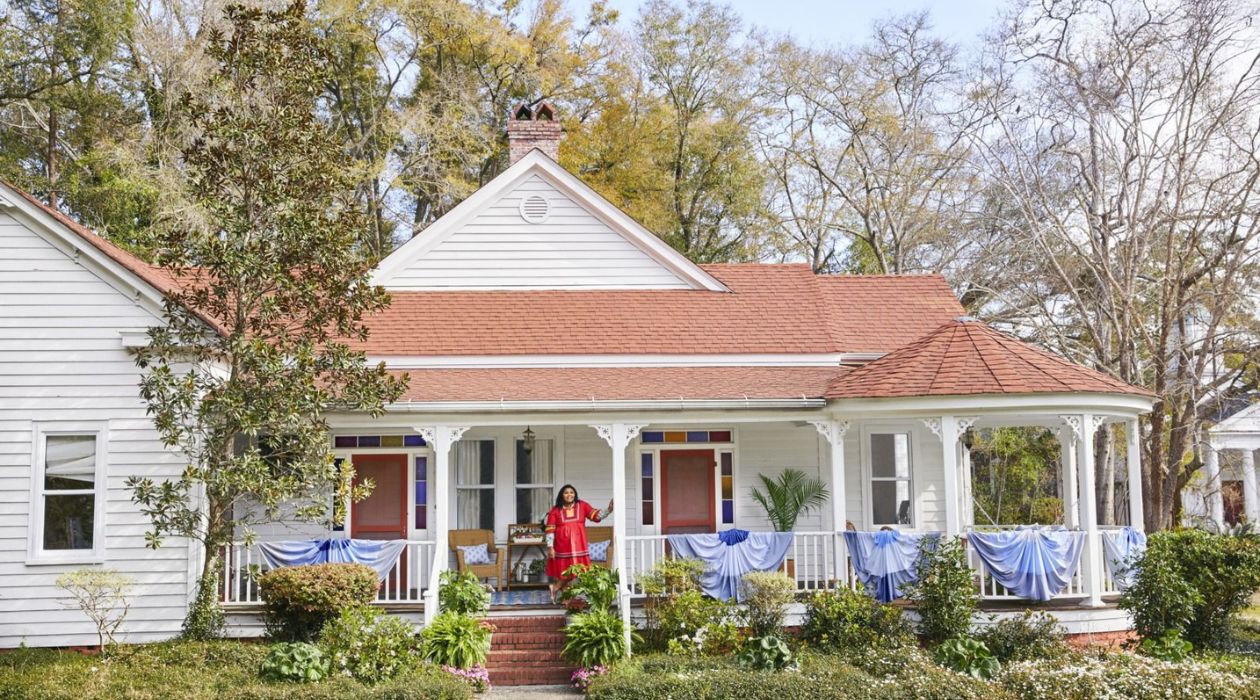
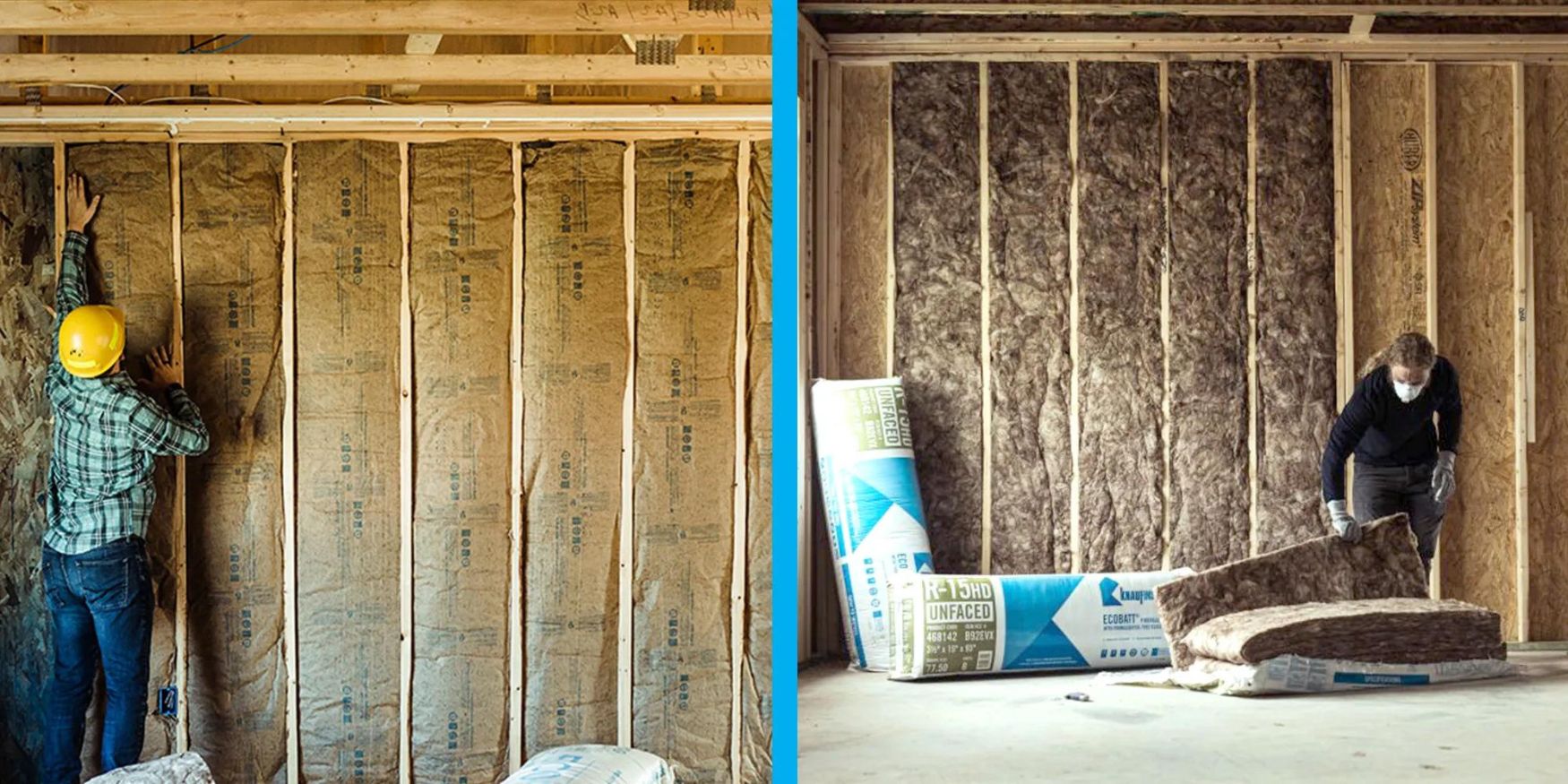

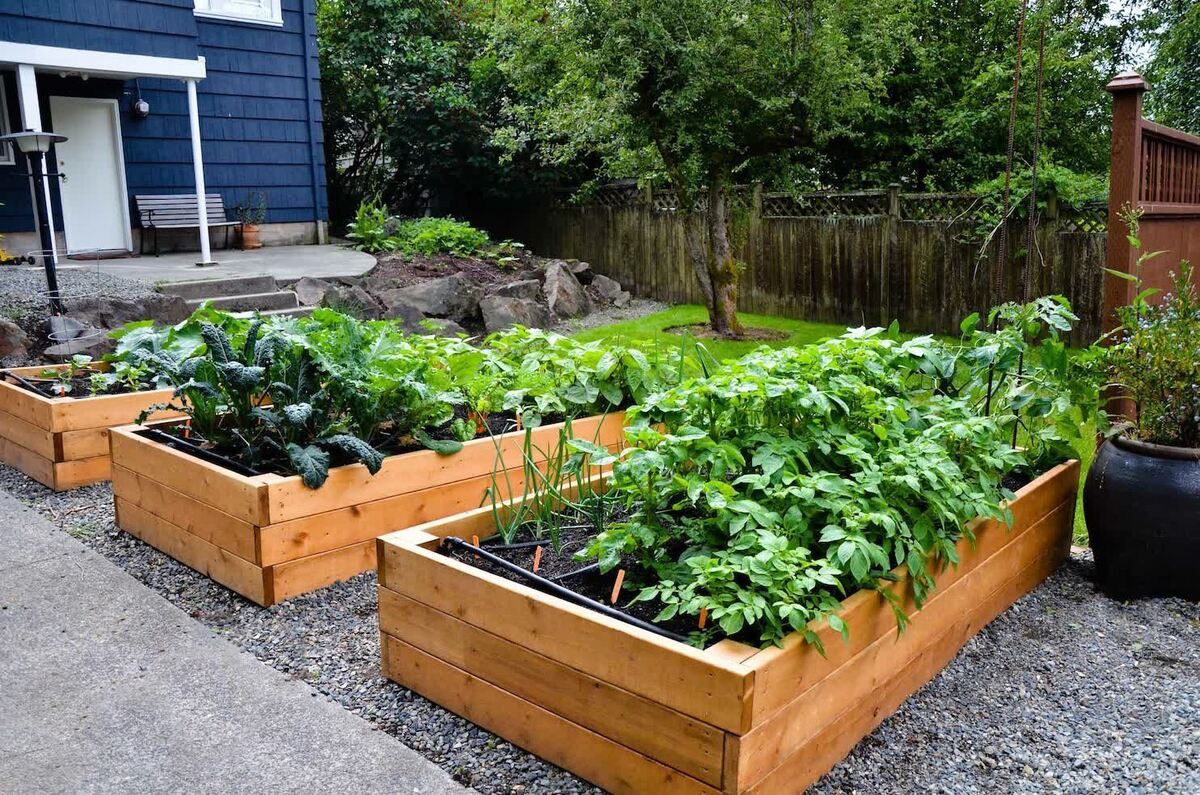
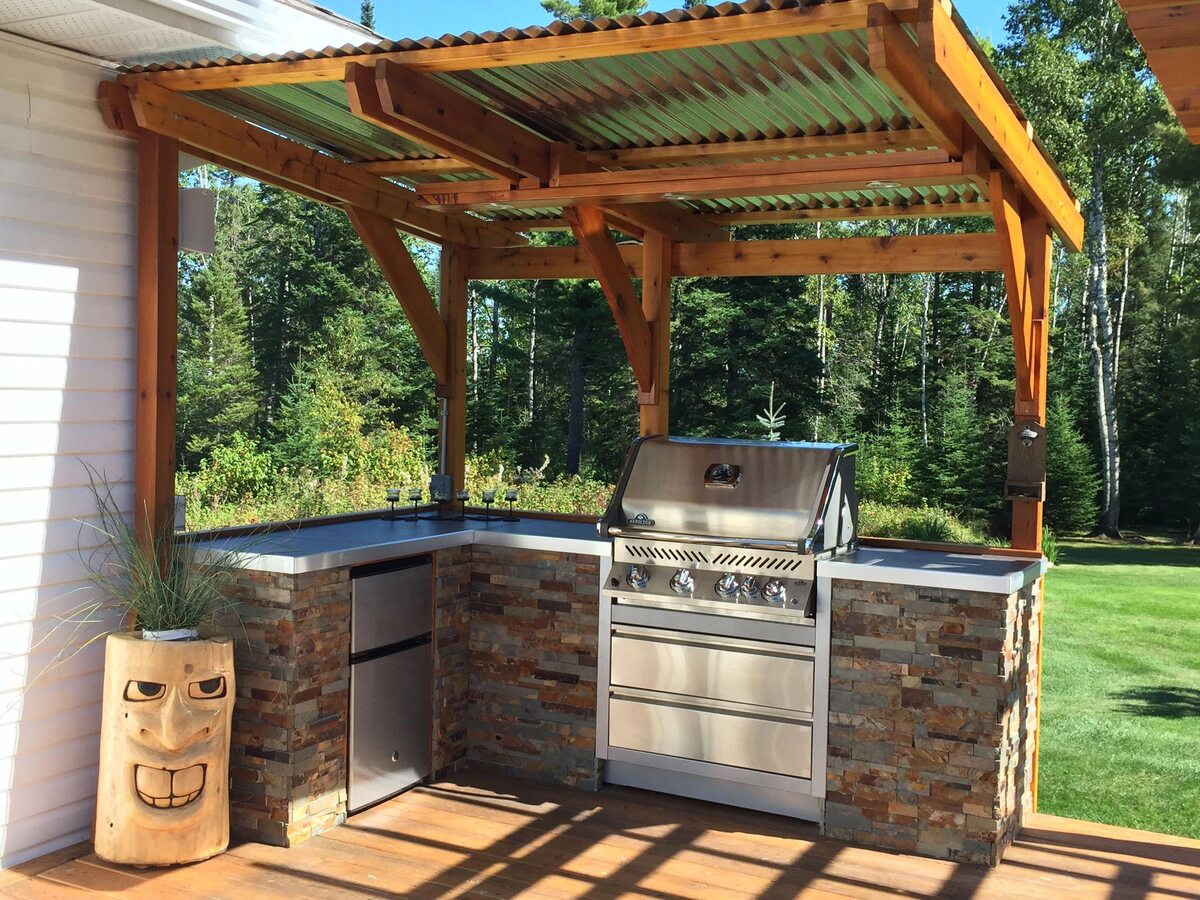
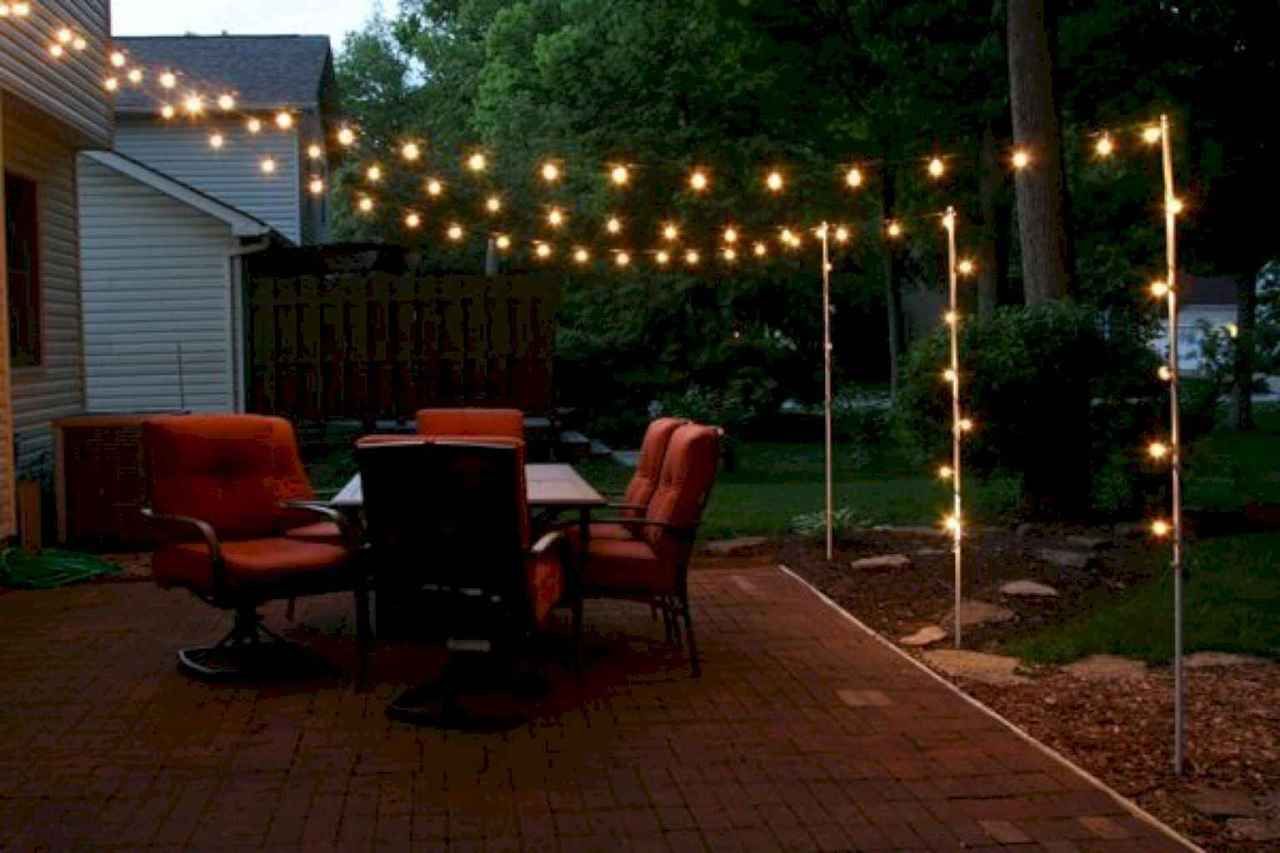
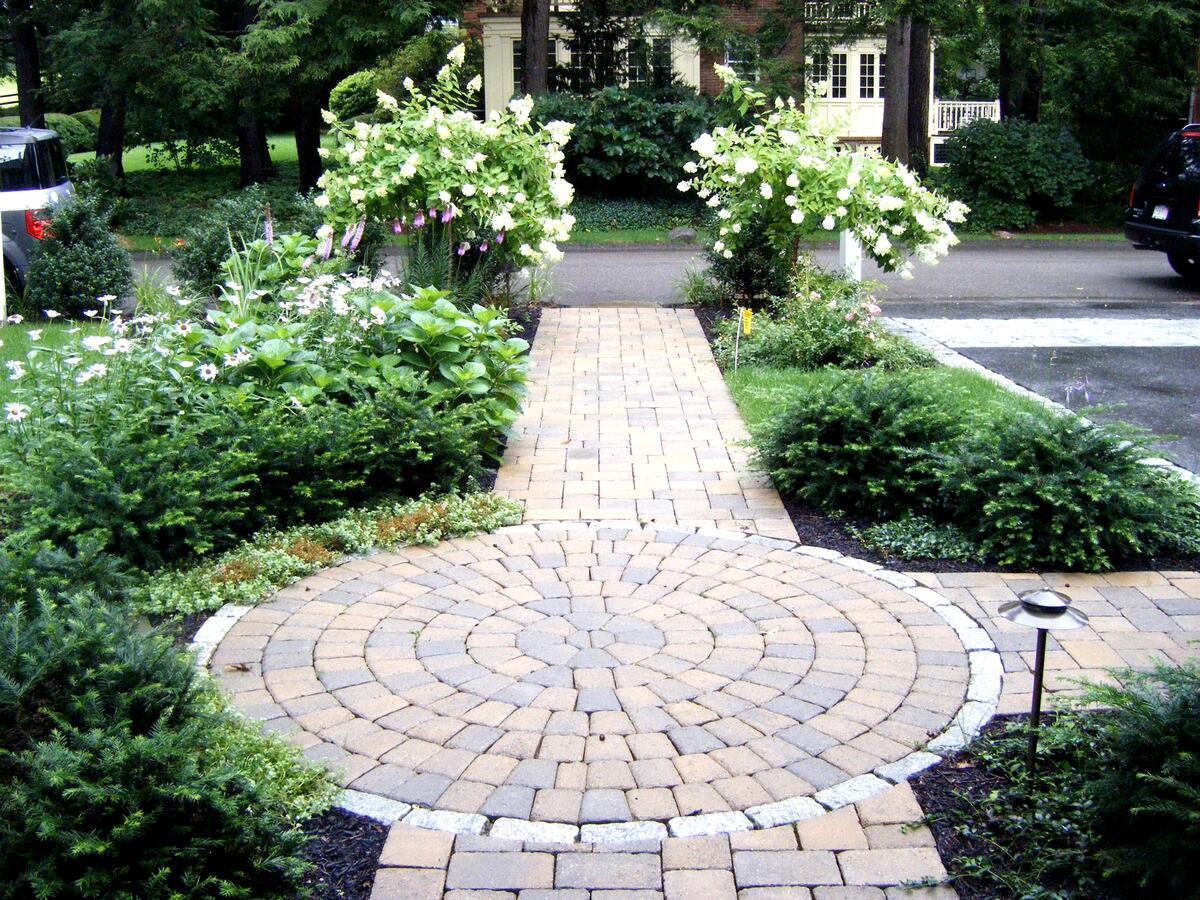
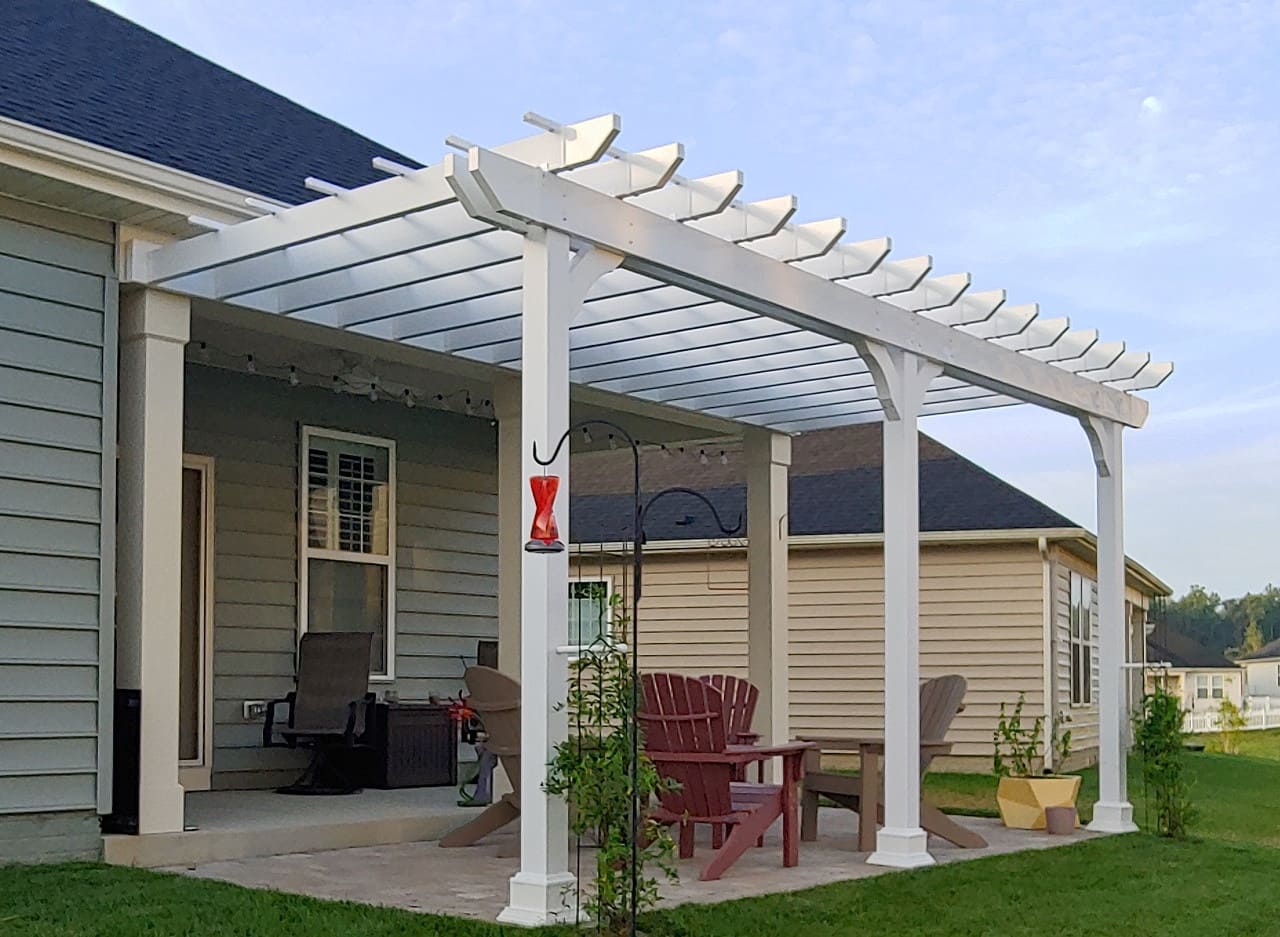
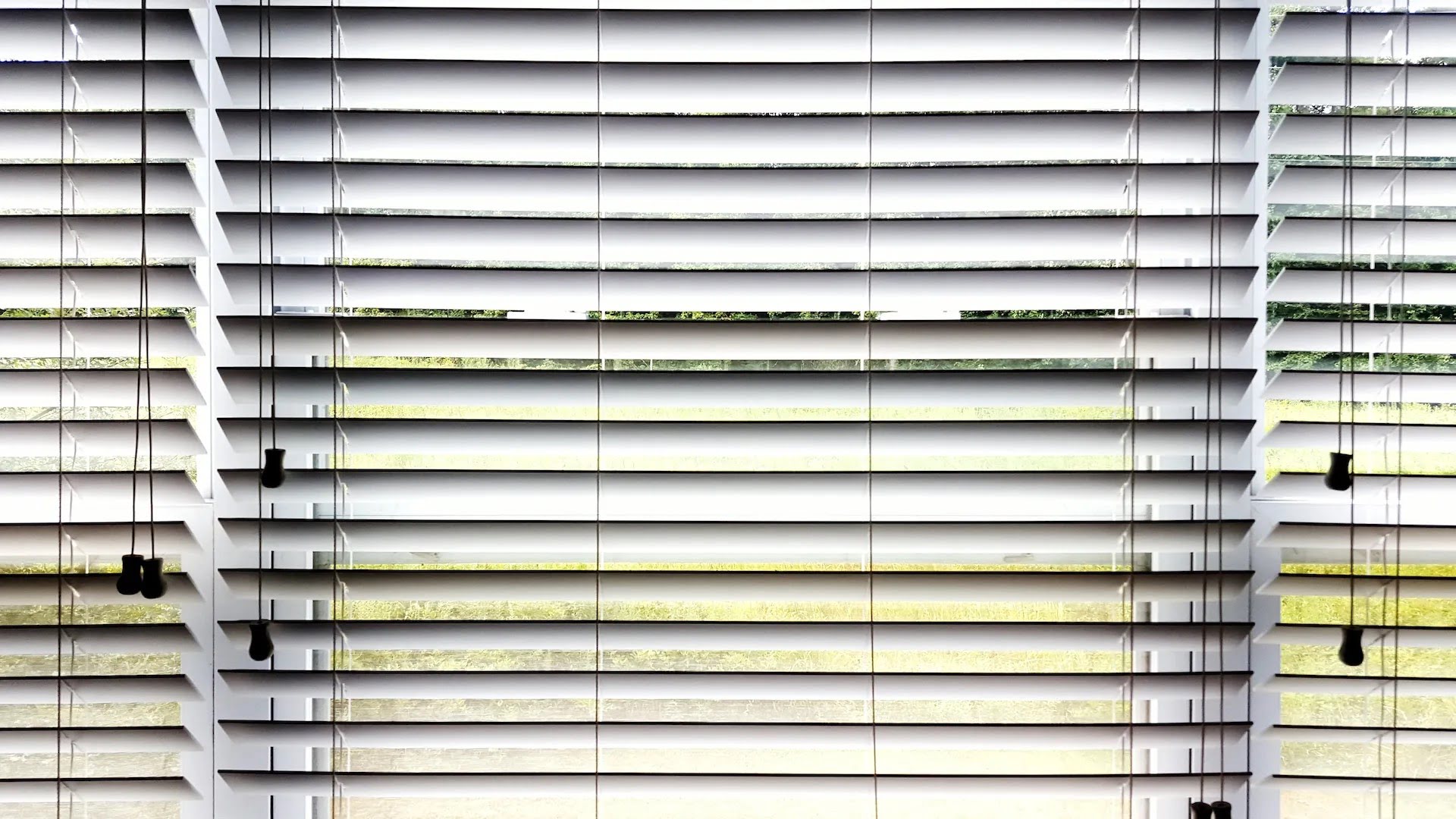
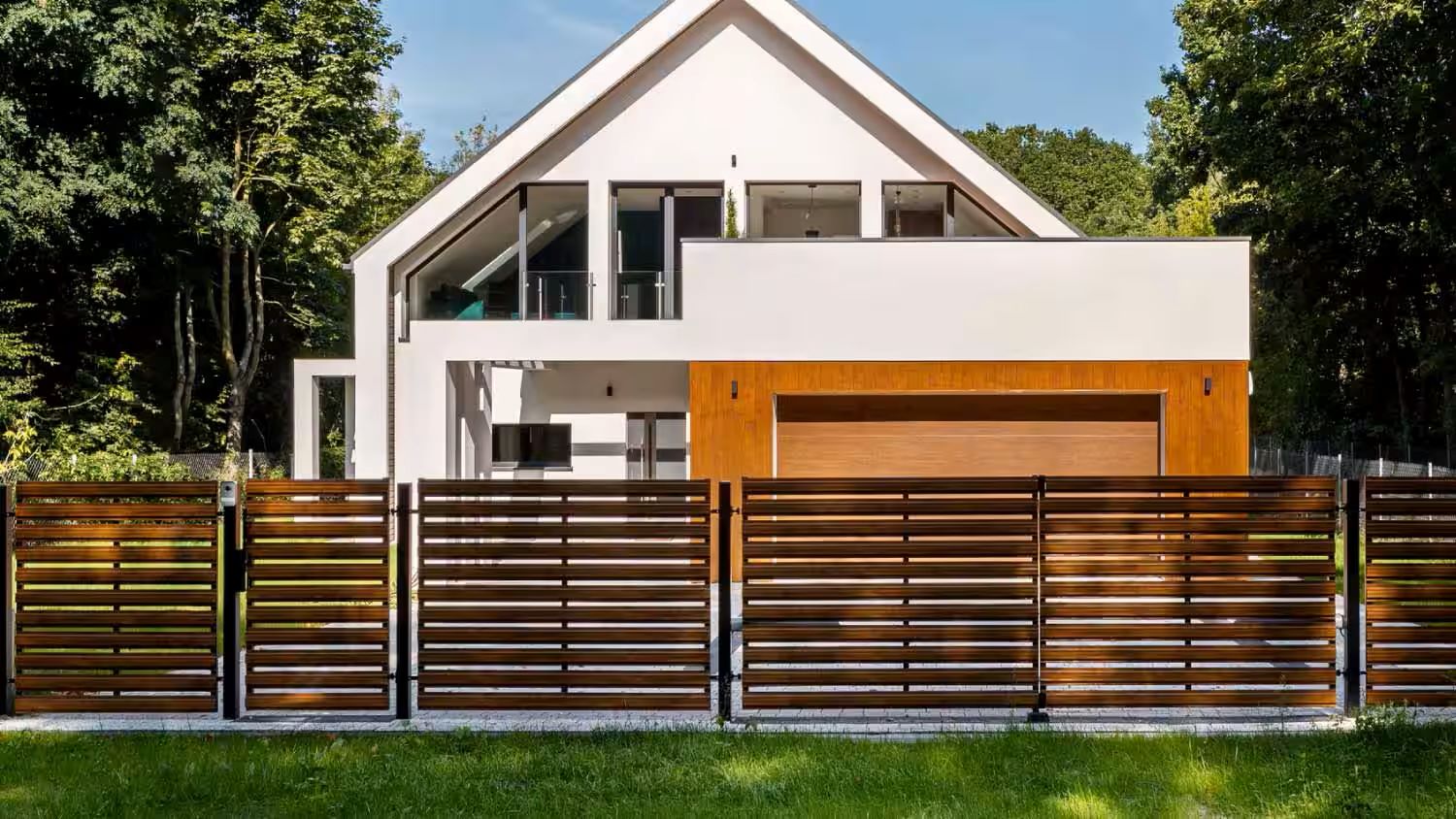
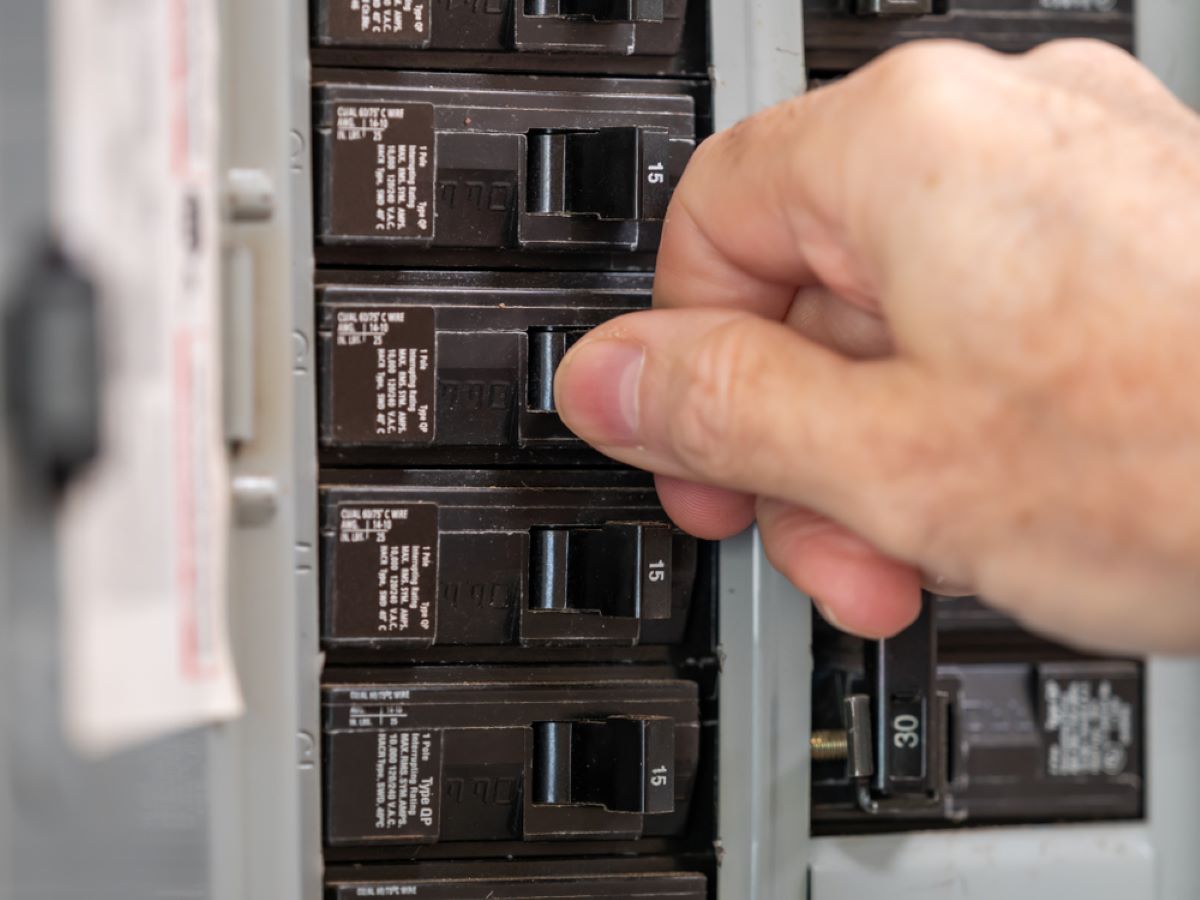
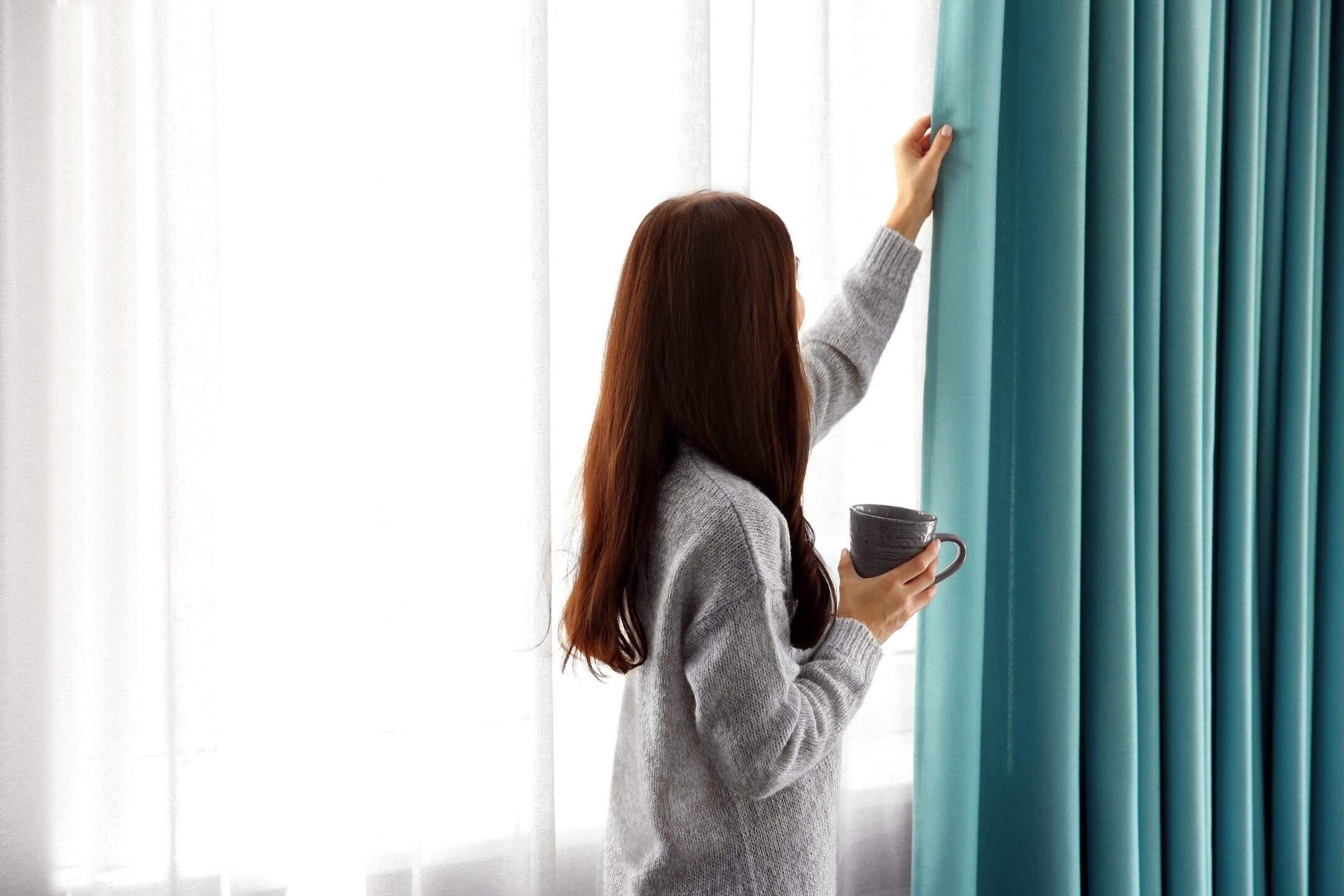

0 thoughts on “North-facing Garden Ideas: 25 Ways With A North-facing Yard”